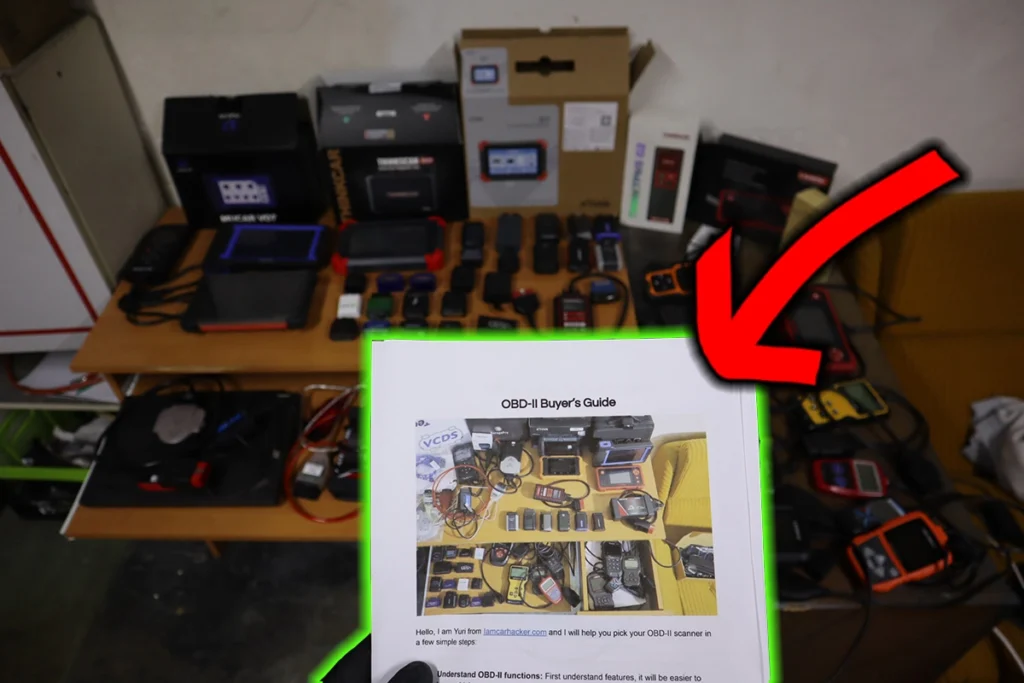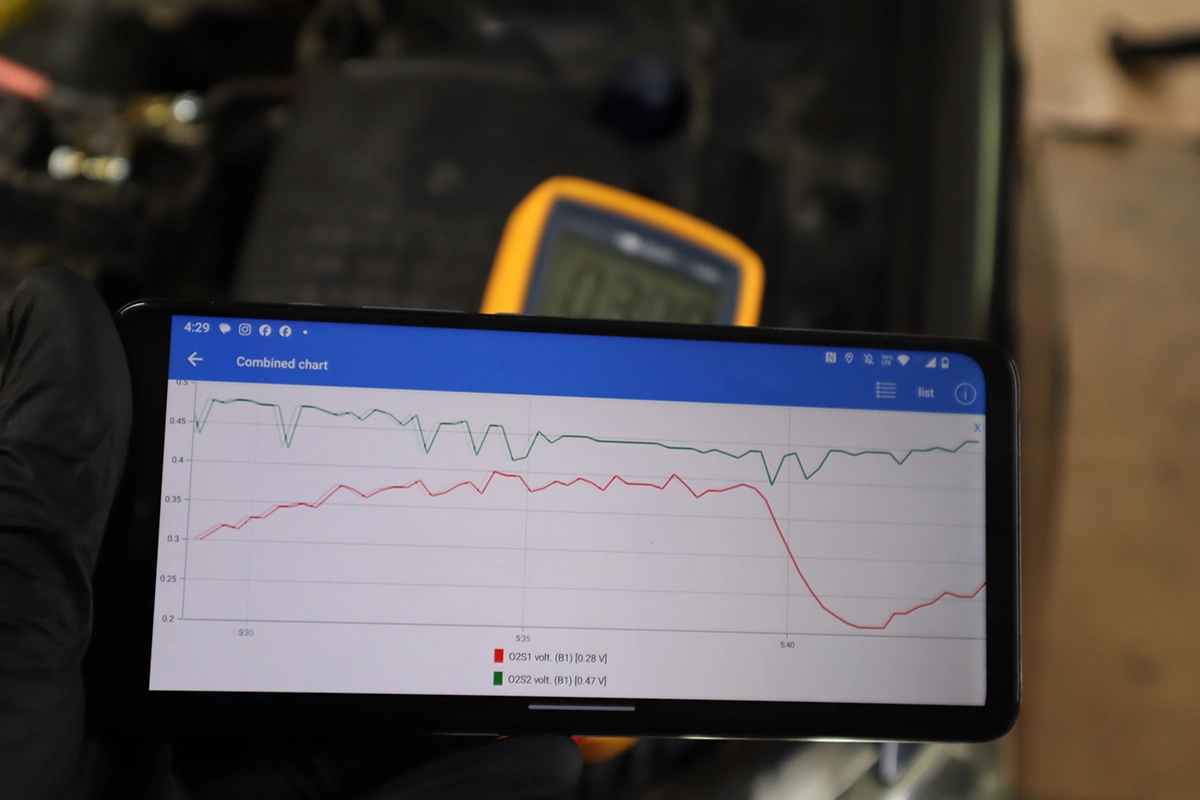Let’s talk vacuum leaks!
Think of your engine like a big air pump. As the pistons move, they create suction (or vacuum) in the intake manifold. This vacuum is essential for lots of things – it helps pull the air-fuel mixture into the cylinders, operates things like your brake booster (making it easier to press the brakes), and controls various valves and systems through a network of hoses and gaskets.
A vacuum leak happens when there’s an unwanted opening in this sealed system. This lets “extra” air sneak into the engine that the computer isn’t expecting or measuring. The computer thinks the air-fuel mixture is off and tries to compensate, but it’s basically flying blind because it doesn’t know about the extra air.
So, why is this a problem? That unmetered air throws off the delicate air-fuel ratio your engine needs to run smoothly and efficiently. This can cause a variety of annoying symptoms.
Here are some common signs you might have a vacuum leak:
- Rough Idle: The engine runs unevenly, feels shaky, or the RPMs might fluctuate, especially when stopped.
- Check Engine Light: The computer will likely detect the incorrect air-fuel mixture and set a trouble code (often related to system too lean or misfires). We talked about reading codes, and this is where that skill comes in handy!
- Poor Acceleration or Lack of Power: Because the air-fuel mixture is wrong, your engine might not perform as well, feeling sluggish when you try to accelerate.
- Hissing or Sucking Sound: In some cases, you might actually hear a hissing or sucking sound coming from the engine bay where the leak is located.
- Stalling: In severe cases, the engine might stall, particularly after starting or when coming to a stop.
Finding vacuum leaks can sometimes be tricky because the vacuum system involves many hoses, gaskets, and connections. Common leak spots include:
- Damaged or cracked vacuum hoses
- Leaking intake manifold gaskets
- Faulty PCV (Positive Crankcase Ventilation) valve or hoses
- Loose or damaged clamps or connectors
But I do have 2 great tricks on how to confirm and find a vacuum leak in your car!
- How to confirm a Vacuum leak with an OBD2 scanner: Navigate to fuel trims and observe LTFT and STFT values when idling vs. acceleration to see if you have a leak.
- How to find a vacuum leak using a smoke machine: Confirming a vacuum leak is one thing, but actually finding where it is can get tricky. Save yourself time and nerves and use a smoke machine to quickly locate it.
Addressing a vacuum leak is important not just for performance but also for your car’s emissions and overall health. It’s a great example of how a simple mechanical issue can trigger electronic symptoms and trouble codes.
If you suspect a vacuum leak, knowing the symptoms is the first step to figuring out what’s going on.
Understanding vacuum leaks helps you connect those engine lights and rough running symptoms to a potential physical cause.
P.S. I have a full DIY Mechanic video course (if you are a more video-visual learner), you can join HERE.
Free PDF: How to choose OBD2 scanner

I’ve made you a free PDF to choose the OBD2 scanner in 5 minutes.
✅ Which OBD2 scanner is best?
✅ Which type should you get (DIY, Pro, Hobby)
✅ What is the best scanner for the exact brand/feature (e.g best for BMW)
✅ How to get a Bi-Directional tool for as cheap as $40
✅ Discount coupons for scanners
PDF is 100% free and it is designed to help you pick a scanner in less than a few minutes! Not a boring 50-page guide.
Just tell me where to send it.

Hi, I am Juraj “Yuri” Lukacko. I got frustrated by unhelpful and scammy mechanics, so I decided to learn everything about car diagnostics myself. I test dozens of new car diagnostic tools every month along with learning new strategies to fix and customize cars. About Juraj Lukacko (Yuri)
